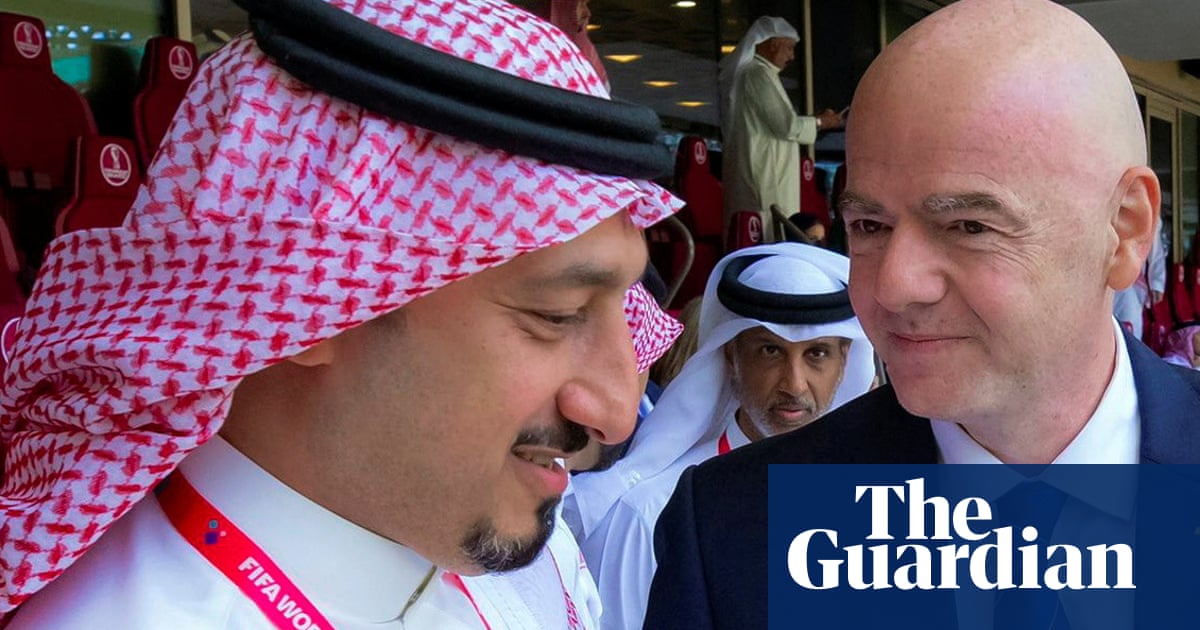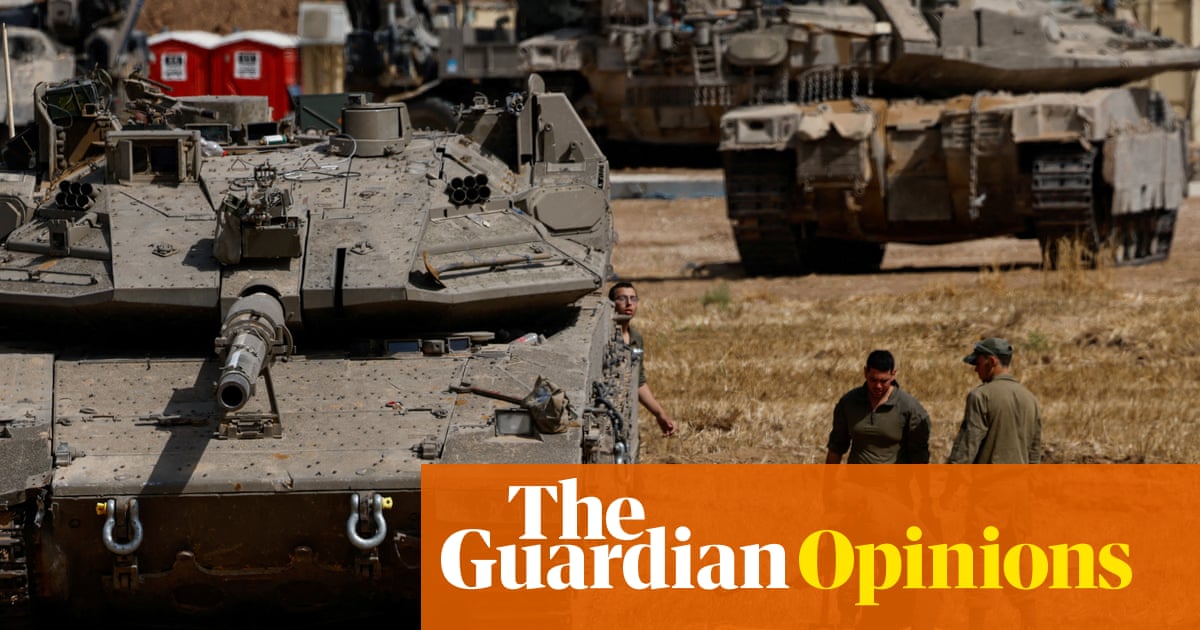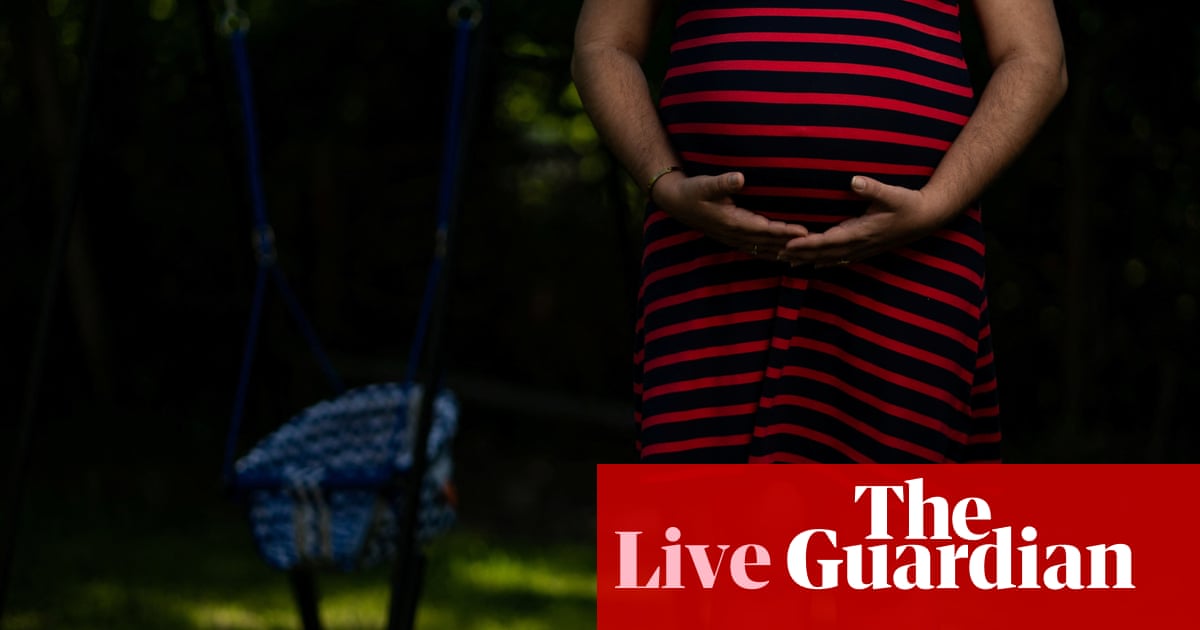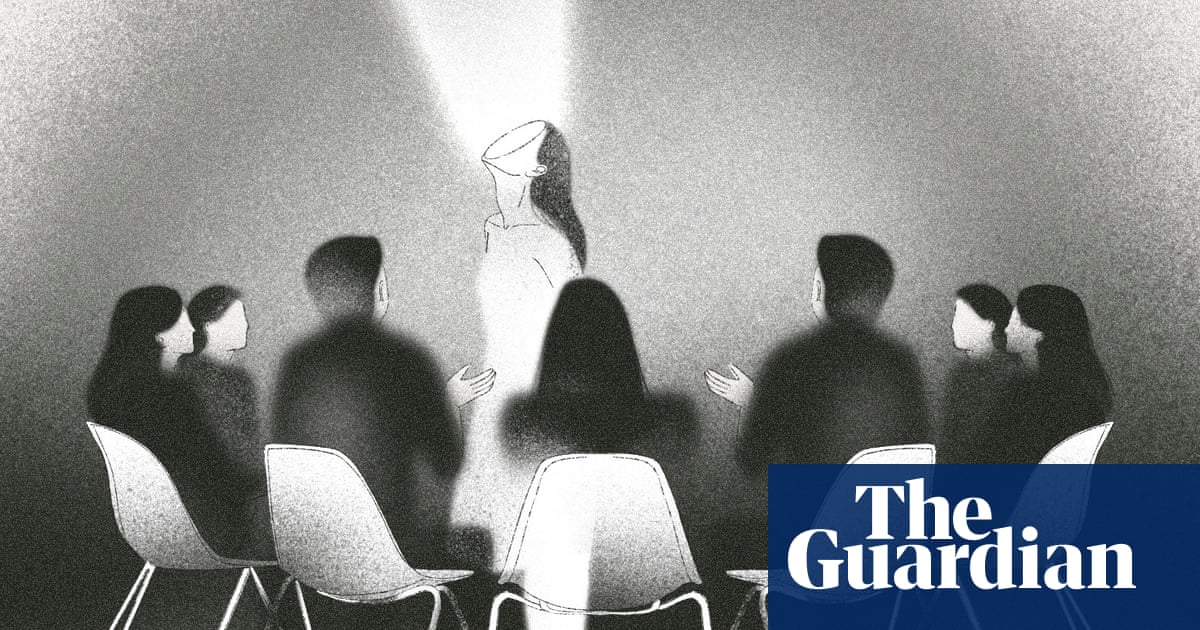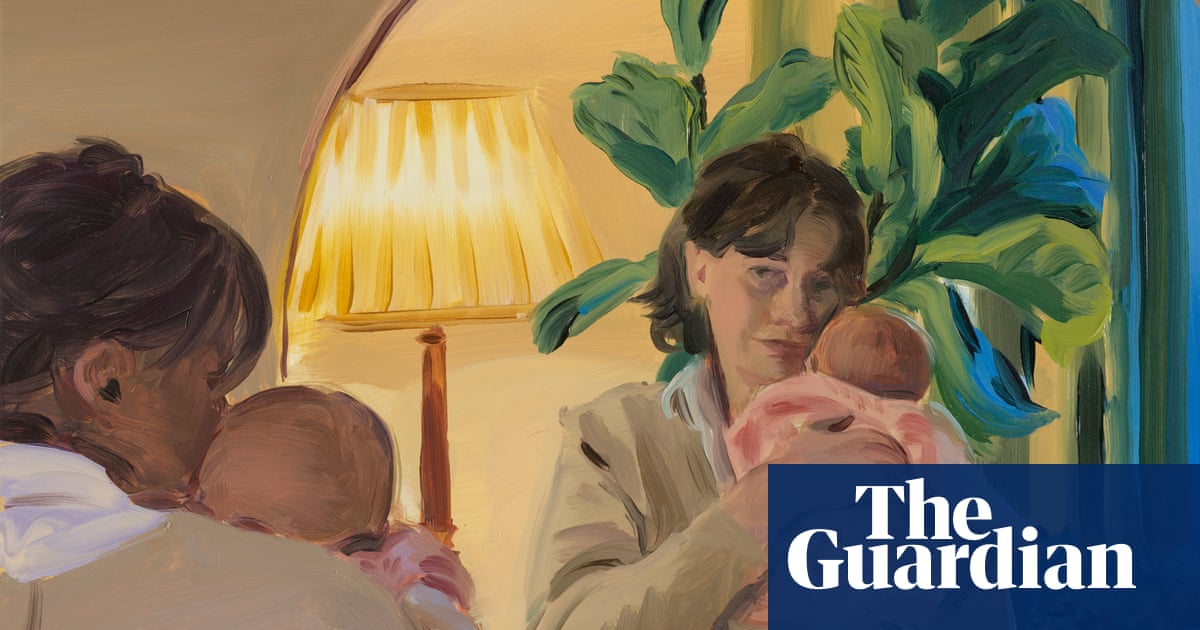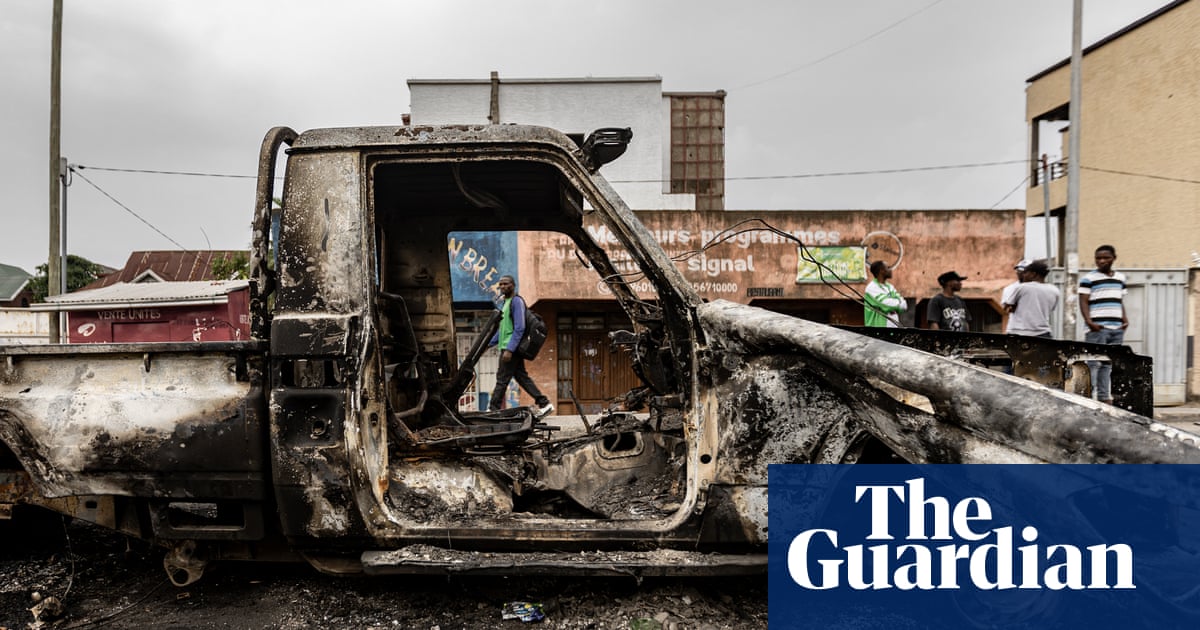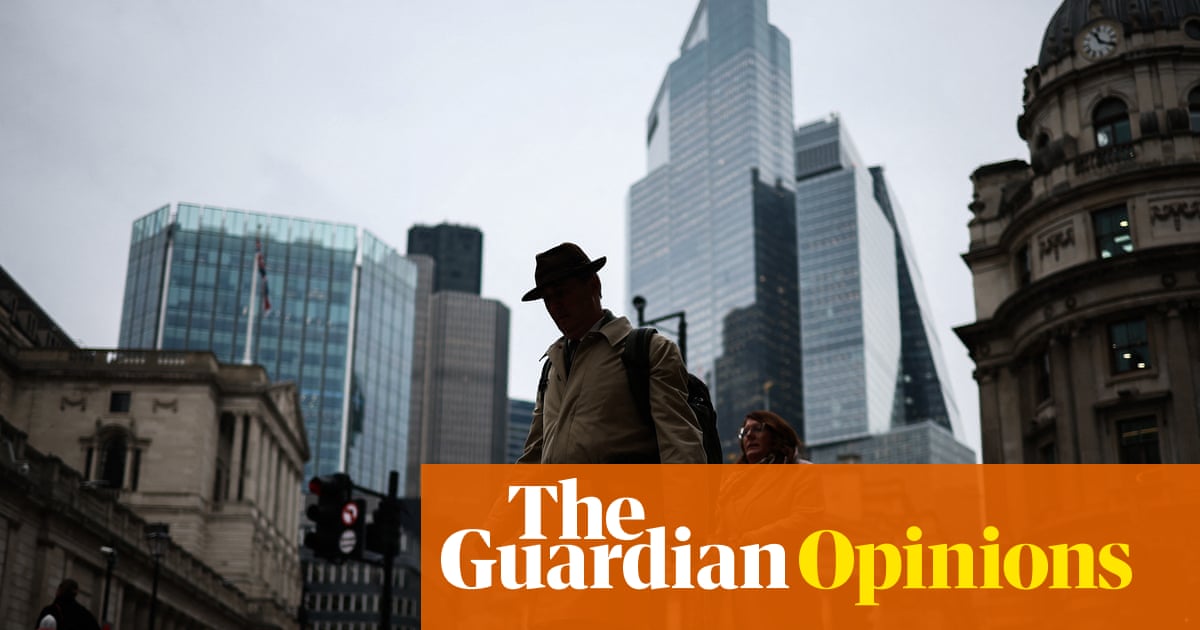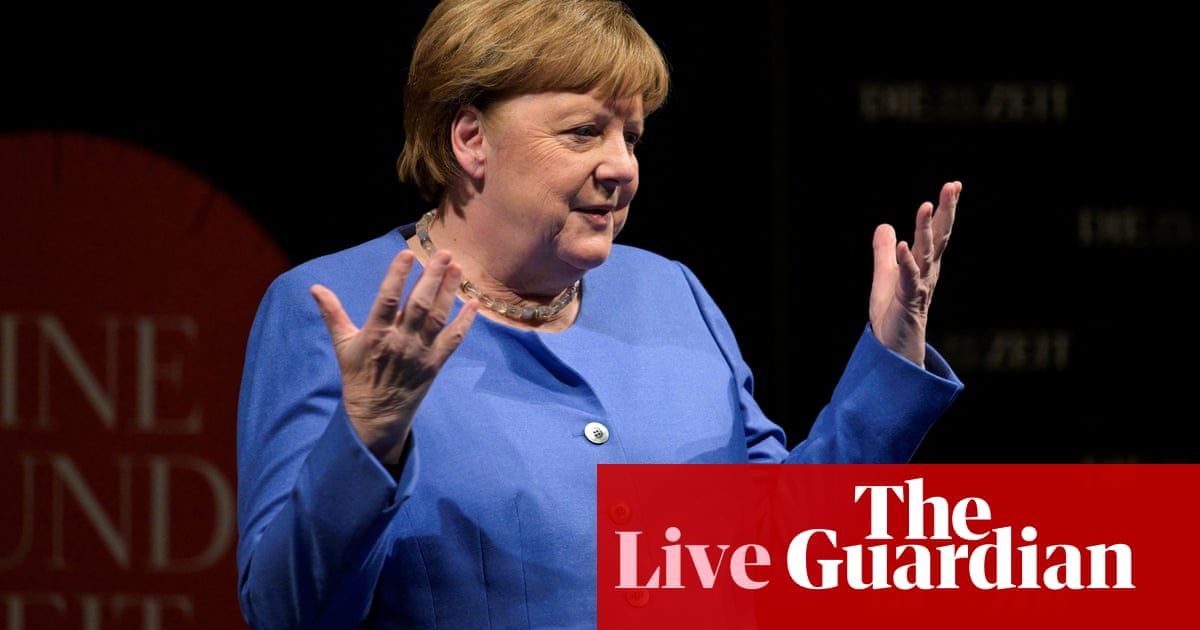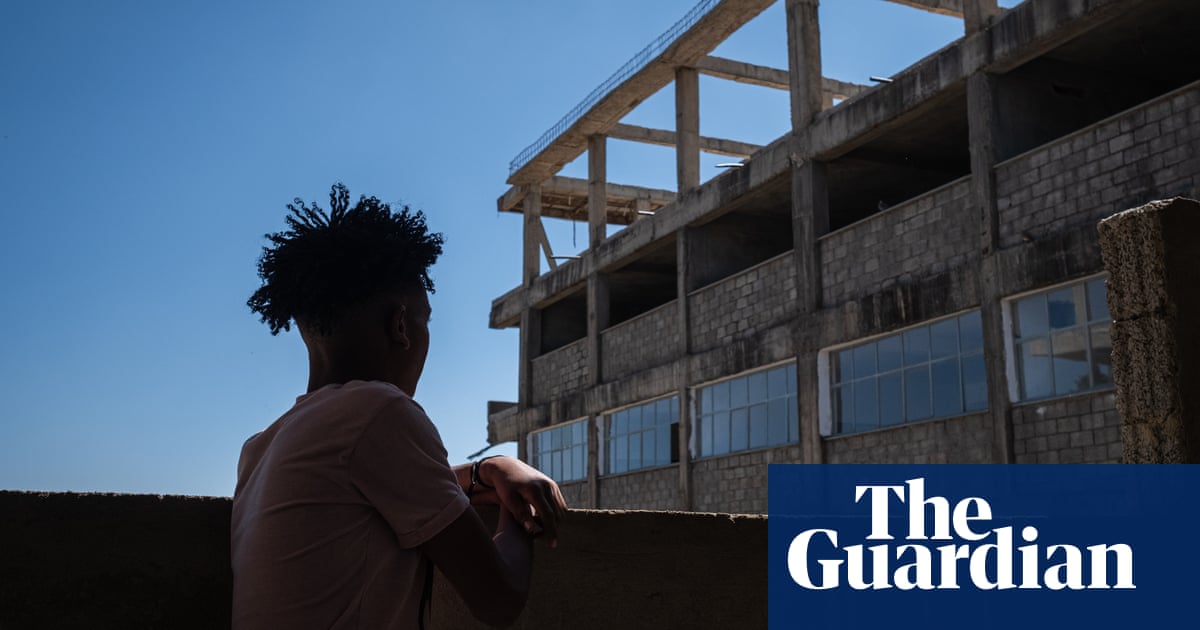‘Everybody’s human. Mistakes can be made… But you are really not prepared to say that any mistake [was made] here, are you?”
Michael Mansfield QC put this question to Cressida Dick – then deputy assistant commissioner at the Metropolitan police – at the inquest into the death of Jean Charles de Menezes, a young man who, 20 years ago this summer, was shot dead at Stockwell station in south London by Met firearms officers. The inquest took place in 2008, three years after his shooting on the morning of 22 July 2005, which was 15 days after the 7/7 bombings in London and one day after copycat bombers had tried and failed to detonate more explosives on the transport system and then fled. De Menezes was a 27-year-old Brazilian man living in London, an electrician on his way to work, with a travel card in his pocket and a copy of the free newspaper Metro, which he’d just picked up, tucked under his arm. A man completely unconnected to terrorism, terrorists, bombs, extremism or fundamentalism. A man not carrying a bag or rucksack. A man wearing jeans and a thin denim jacket.
It’s worth noting that the question was being asked after two inquiries by the IPCC (Independent Police Complaints Commission) into the shooting had identified numerous changes it felt needed to be made to police procedures in the wake of the tragedy. And after the Met had been found guilty and fined £175,000 under the Health and Safety at Work Act, for “failing to provide for the health, safety, and welfare of Jean Charles de Menezes”.
Representing the family at the inquest, Mansfield asked Dick the question because she had been in charge of the surveillance operation that had been tracking De Menezes that morning, after he’d emerged from a block of flats in south London. Twenty one Scotia Road was an address connected to one of the fugitive terrorists. De Menezes lived at No 17.

Dick, who was later made commissioner of the Metropolitan police, the most senior police officer in the country, and then in 2019 a Dame Commander, pushed back in the courtroom, strongly denying that any mistakes had been made during the operation. Her only concession was to say: “…in any operation some things that in an ideal world would happen, don’t happen.”
The inquest showed that the surveillance operation had been confused and rushed from the start – with officers in the wrong place at the wrong time. Mansfield asked her why the firearms officers who were needed to stop and challenge the “suspect” (De Menezes, mistakenly identified as a missing terrorist) were “playing catch up” all that morning? They were still being briefed at a police station as late as 9am, he pointed out, and were then still travelling to a holding location near De Menezes’s flat even as he left it at 9.33.
He suggested her orders to officers on the ground were always one step behind events; when she had said De Menezes should not be allowed to enter Stockwell station, he already had. When she had said he must not be allowed to get on a train, too late – he already had. At every juncture on his route from home to tube train that morning, the firearms officers were not in position to intercept or challenge him.
With flashing blue lights they finally managed to arrive at Stockwell station a minute or so after De Menezes. Mansfield asked Dick why these armed officers hadn’t been in position earlier, and why they weren’t waiting for such a dangerous “suspect” when he left his flat.
But she was having none of it: “I think you could turn that on its head and say they did incredibly well to get [to the station] in that time, given what was going on,” she replied.

“So what did go wrong?” Nicholas Hilliard QC, counsel for the inquest, then asked her.
Dick: “If you ask me whether I think anybody did anything wrong or unreasonable on the operation, I don’t think they did.”
The story of how De Menezes came to be shot seven times in the head in a tube carriage full of members of the public begins two weeks and one day earlier, on 7 July, 2005. Sir Ian Blair, Met commissioner at the time, rightly called the 7/7 bomb attacks on tube trains and a bus that morning, in which 52 innocent people lost their lives, the most significant attack on the capital since the second world war.
In the immediate aftermath the police and MI5 didn’t know if the bombs were remotely detonated, were on timers, or were suicide attacks. An enormous manhunt got under way, one which ultimately skilfully and efficiently identified the four Islamist terrorists responsible, who were, indeed, suicide bombers.
Like most people, I remember exactly where I was and what I was doing when I first heard about the bombings – I was at my eldest son’s primary school, helping out that morning with a project. I imagine the impact was something like what my parents felt when they heard of the assassination of President Kennedy.
Jeff Pope
Show
Jeff Pope is an award-winning British producer and screenwriter. He won a Bafta in 2006 for the drama See No Evil: The Moors Murders and in 2014 was nominated for an Oscar, along with Steve Coogan, for best adapted screenplay for Philomena starring Judi Dench and Coogan. He was also the recipient of the Alan Clarke special Bafta award in 2015 and is now the creator and writer of Suspect: The Shooting of Jean Charles de Menezes.
Photograph: Gareth Cattermole/Getty Images North America
When producer Kwadjo Dajan came to me with the idea of exploring a drama about the shooting of De Menezes, I wasn’t, at first, convinced that there was much to it beyond a tragic accident. But as I read the two Stockwell inquiry reports and court transcripts and spoke to key witnesses, I realised there was much, much more to it. I had completely forgotten, for instance, that there was a second cell of suicide bombers who attempted to explode four more devices on three tube trains and a bus exactly two weeks after that first attack. A second tragedy was avoided purely because these bombers failed to assemble their devices correctly and only the detonators in their backpacks exploded, not the main charges.

While an enormous amount of work was still under way on the 7/7 investigation, here was a new and perhaps even more terrifying situation. Not only had there been a second attack, but the bombers responsible had all escaped the scenes of their attempted detonations. There were now four terrorists at large (in fact there were five, because a fifth bomber lost his nerve and left his bomb in a park in west London, though this wasn’t immediately discovered). The fear was, having failed once, would they try to strike again?
And were there as-yet undiscovered cells? Other outrages planned? Fear and paranoia gripped London. The police and security services were under the most intense pressure.
Because the 21/7 bombs had not properly exploded, personal items left in the backpacks were quickly retrieved, and one of these was a gym card belonging to Hussain Osman, with a blurry photo of him on the front. From the card his address was established as 21 Scotia Road in Tulse Hill, south London. (In fact the address was that of a friend of Osman’s, unconnected to terrorism, that he had used to obtain the gym membership). The police had a lead, and a good one.
Surveillance was arranged in the early hours of 22 July to keep watch on the block of flats containing No 21. An unmarked van was parked in a bay overlooking the communal entrance but contained, surprising me when I discovered this fact, only one officer.
Thus, the ghastly pieces were all in place for the tragedy that would follow at precisely 10.06 that morning, when De Menezes lay dead in a tube carriage.
Up until this point the police could hardly be blamed for any of what had happened. But as I and the team researching the drama began to really dig into the events of 22 July, two things emerged that made us angry, and inspired me to write Suspect, a four-part drama based on the shooting of De Menezes.

First, though there was much superb police work taking place in the investigations into the 7 and 21 July bomb attacks, the operation led by Dick to track the “suspect” at Scotia Road was, in my opinion, flawed. Dick, as you will see from those court exchanges, refused to accept this. I’ve always believed that if you don’t come clean about things, if you don’t hold your hands up, you can never really move on from something – and that, I would suggest, is precisely what has happened in the 20 years since De Menezes’s death. Most importantly, this intransigence has prevented De Menezes’s family from finding any proper closure.
And second, the Met did what it often seems to do in situations like this. After the shooting it buried any culpability on its part under a dense blanket of obfuscation and denial. It made it very clear, to De Menezes’s family, to the British public, to the world, that it didn’t believe it had really done anything wrong
The language used at the time by Dick and Ian Blair is, to me, extraordinary. There was much repetition, for instance, of the word “regret”. Blair gave an interview on camera where he said: “…the most important thing I can do is offer our regrets. But then we have to move on.” I don’t remember much official use of the word “sympathy”.
De Menezes’s family say his shooting was as a result of “police incompetence”.
The Met argued, and argues, that the bombings made for a pivotal moment in our history and that it was facing unique challenges, simultaneously trying to identify and track down two terrorist cells.
But the truth, as far as the shooting of De Menezes is concerned, is that “incompetence” is the right word. The huge operation, commanded by Dick to prevent what the police thought was a suicide bomber from entering the public transport system, was poorly planned and poorly executed.
That morning Dick, the designated senior officer for the operation, arrived late to a briefing of senior officers at New Scotland Yard. She says it was not her fault and that she was given the wrong office to go to, but it meant Commander John McDowall had to do the briefing again just for her, with the other officers no longer present.
Her firearms team, CO19, were given two briefings that morning about what to expect and what was required of them. They were warned that a special protocol never used before, called Kratos, might be employed, giving them the authority to shoot to kill, to take a “critical shot”, defined as shooting a suspect in the base of the skull without warning, should they believe this person was about to detonate a bomb and kill innocent members of the public. They were duly issued with hollow point or “dumdum” ammunition, outlawed on the battlefield under the terms of the Geneva conventions, but authorised here because the ammunition explodes inside the body and is therefore less likely to pass through and injure a bystander.
But after two briefings in two different locations that morning, the CO19 officers were still in transit to a holding location near Scotia Road when De Menezes left his apartment at 9.33. Given that they were tracking a terrorist, why on earth were they not briefed and already in position many, many hours earlier?
The lone surveillance officer in the van was urinating into a bottle as De Menezes left his apartment block and, distracted, didn’t get a clear look at him or manage to video him. Not his fault, but – admittedly with the benefit of hindsight – why only one officer in the unmarked van? Why not two, to cover just such an eventuality?
The bus stop De Menezes used in Tulse Hill is not surrounded by houses. He could have been relatively safely stopped and challenged there. But Dick decided not to suspend bus services that morning because – even though having to wait for a bus is hardly unusual in London – she didn’t want to possibly alert a terrorist cell that the police were on to them. And so, moments after he reached the stop, the bus arrived and De Menezes boarded.
He got off the bus at Brixton, intending to go into the tube station there, but the station happened to be shut that morning, so he got back on the same bus. This was interpreted as an “anti-surveillance” tactic on his part, but why did none of the officers tailing him that morning also spot that the station was shut?
De Menezes got off again at Stockwell station.
In the 33 minutes since he’d left his apartment, none of the surveillance officers tailing him (SO12 officers) definitively identified De Menezes as Osman. A poor quality photocopy of the photo on the gym card was all they had to go on. Why? Why was his driving licence photo not obtained? Why was the clear wedding photo of Osman and his wife, found ripped up in his backpack next to the gym card, not put together and issued?
The police would later try to show, using a split-screen image, how De Menezes could have been mistaken for Osman, an African man of Ethiopian descent. But even then the images had been manipulated to make the features align, and Osman’s skin tone seemed bleached to make him appear lighter.
Desperately seeking confirmation of a positive ID, Dick asked the SO12 officers to give her a percentage, or a score out of 10, for how likely they thought the man they were tailing was Osman. The officers couldn’t give her a number (some we spoke to thought this was a silly question), but the key point is that nobody ever said that morning: “Yes, this is definitely our man.”
The firearms officers said in their statements that they believed a positive ID had been made, though there is no evidence of this in the logs and transcripts from the operation’s control centre for that morning, Room 1600 at New Scotland Yard.
At this stage, however, the firearms men were still playing catch up.
As De Menezes entered Stockwell station the surveillance officers at the scene asked control if they wanted “the suspect” stopped. Dick wanted specialist armed officers from CO19 to do the stop, but they still weren’t there. As this was playing out in Room 1600, De Menezes descended the escalator, got on to a train and waited patiently for it to depart.

A minute later the firearms team finally caught up with him. It was just before 10.06am and this was the first time that morning they were able to properly take part in the operation. This was, surely, unforgivably late to deploy officers so crucial to the operation into the field?
Wearing civilian clothing but with bulletproof vests under their jackets, the CO19 officers ran through the concourse, vaulted the ticket barriers and sprinted down on to the platform. Some eyewitnesses who saw them mistook them for De Menezes, later saying that they saw a man wearing “bulky clothing” run through the concourse in a panic and vault the barriers. Then two of these officers, codenamed Charlie 2 and Charlie 12, went on to the train and shot De Menezes in the head a total of seven times.
In the aftermath, Dick said that, even though hollow-point ammunition was being used, and she had repeatedly ordered over the comms system that the “suspect” must not be allowed to enter the tube system, she never gave the authority for a “critical shot” to be taken, meaning Charlies 2 and 12 were not authorised by her to shoot De Menezes without warning.
These two officers later gave statements in which they said they had entered the tube train and shouted a warning of “armed police!” to De Menezes. They said he had been wearing “bulky clothing” and had risen from his seat and advanced towards them. Interpreting this as threatening behaviour, they had then shot him.
A couple of questions here. If the suspect’s clothing was “bulky” then, yes, it could theoretically be hiding a bomb. But how does a denim jacket qualify as “bulky clothing”?
And if, as the CO19 officers said, they believed De Menezes was a suicide bomber and were in fear for their lives, why shout a warning? If he was a bomber, wouldn’t the warning have just been a trigger for him to detonate?
Crucially, there were 17 members of the public in De Menezes’s carriage that morning, and all 17 said they did not hear the firearms officers shout any warning before they shot him.
The family of De Menezes are dignified people from a rural town called Gonzaga in the south of Brazil. I have spoken to his mother Maria, father Matosinhos and brother Giovani several times, and together with De Menezes’s cousins, two of whom he lived with in Scotia Road, they say that their pain is not over yet. More than anything, they want the truth about what happened to fully emerge.
Brian Paddick, a former deputy assistant commissioner of the Met, also wanted the truth to emerge 20 years ago. Instinctively, he felt this was a watershed moment for the force, a huge operation involving dozens of officers, ending with the brutal death at police hands of an innocent man.
But what actually happened in the days, weeks and months after De Menezes’s death was, in his opinion, depressingly predictable.
Right from the start the Met issued disinformation, putting out statements for several days afterwards that picked up on those erroneous eyewitness accounts that De Menezes was wearing bulky clothing, had behaved suspiciously and had vaulted the barriers at Stockwell tube station.
In the months that followed, negative stories ran in the national press about him, including an allegation that he was a rapist. A DNA test proved definitively that he was not, but why was this – and other stuff – leaked into the public domain when it had no relevance to his shooting?

The disparity between the statements being issued by the Met, and the information circulating internally between the Met and the IPCC, which was looking into the shooting of De Menezes, eventually proved too much for Lana Vandenberghe, a secretary working at the IPCC.
Through a mutual friend she released to a journalist at ITN what she had learned, how the Met was suggesting that De Menezes was connected to its ongoing terrorist operation, and how he had behaved in a “suspicious manner” that morning and was wearing “bulky clothing” when it knew this was not the case. The story became a huge, exclusive lead item on News at Ten, and the whole sorry saga of the Met’s attempts to downplay its culpability came crashing down to earth.
Vandenberghe, a courageous single mother, was summarily sacked by the IPCC and charged, at one point, with the theft of sheets of paper and ink after she had printed off emails and images and handed them to the ITN journalist.
Paddick also lost his career, feeling forced to resign after Blair effectively demoted him when Paddick challenged him about when he knew that De Menezes was innocent and not connected to terrorism in any way. Paddick said he was told on the afternoon of the 22 July by a senior member of Blair’s team, directly outside his office, that the Met had shot “a Brazilian tourist”. Blair insisted he hadn’t known this until 10am the following day. While the IPCC ultimately accepted his version of events, it’s significant because that afternoon, while Paddick says senior advisers were openly discussing the fact that the wrong man had been shot, Blair was saying at a press conference that the shooting “was directly linked to the ongoing and expanding anti-terrorist operation”, and that “the man” (De Menezes) was “challenged and refused to obey”. As late as the evening of the 23 July the Met was still issuing press releases stating his “clothing and behaviour added to their suspicions”.

Blair said he suspected Paddick had been leaking stories to the press, which Paddick strenuously denied and was later cleared of, and that he had “lost confidence” in him.
The Met’s attempts to stay on the right side of the story led, astonishingly, to an undercover officer being sent to a public meeting of the Justice for Jean campaign, which had been set up by his family, friends and supporters to try to force the Met to be open about what had happened. A simple question. Why? What perceived threat to public safety was anticipated from this meeting? What threat was so sinister that it needed a specially trained undercover officer to pose as some kind of supporter and infiltrate those who attended? Or was it just that the Met wanted to know what everybody was saying about them?
The point of this drama is to tell the truth. To dispel the myths about what happened that day, and afterwards.
Beyond that it is an opportunity to shout out that the Met should have been open and honest from the start. Mansfield put to Dick in court that “mistakes can be made”, and that “it’s pleasant when people own up to what they have done”. It wouldn’t have brought De Menezes back, or prevented the agony that his family went through. But it would have been compassionate and respectful, and it wouldn’t have made a tragic, a terrible situation, worse.
Instead, the Met reverted to type, as it has done in the past and, I fear, still does. It wriggled and evaded, dead-batted, tried to get us to look the other way, and allowed De Menezes’s reputation to be blackened because it made them look better.
The Met regretted. But no more.
Suspect: The Shooting of Jean Charles de Menezes is available on Disney+ from 30 April

 1 month ago
30
1 month ago
30

